The Staggering Scale of Nature’s Hidden Marvel
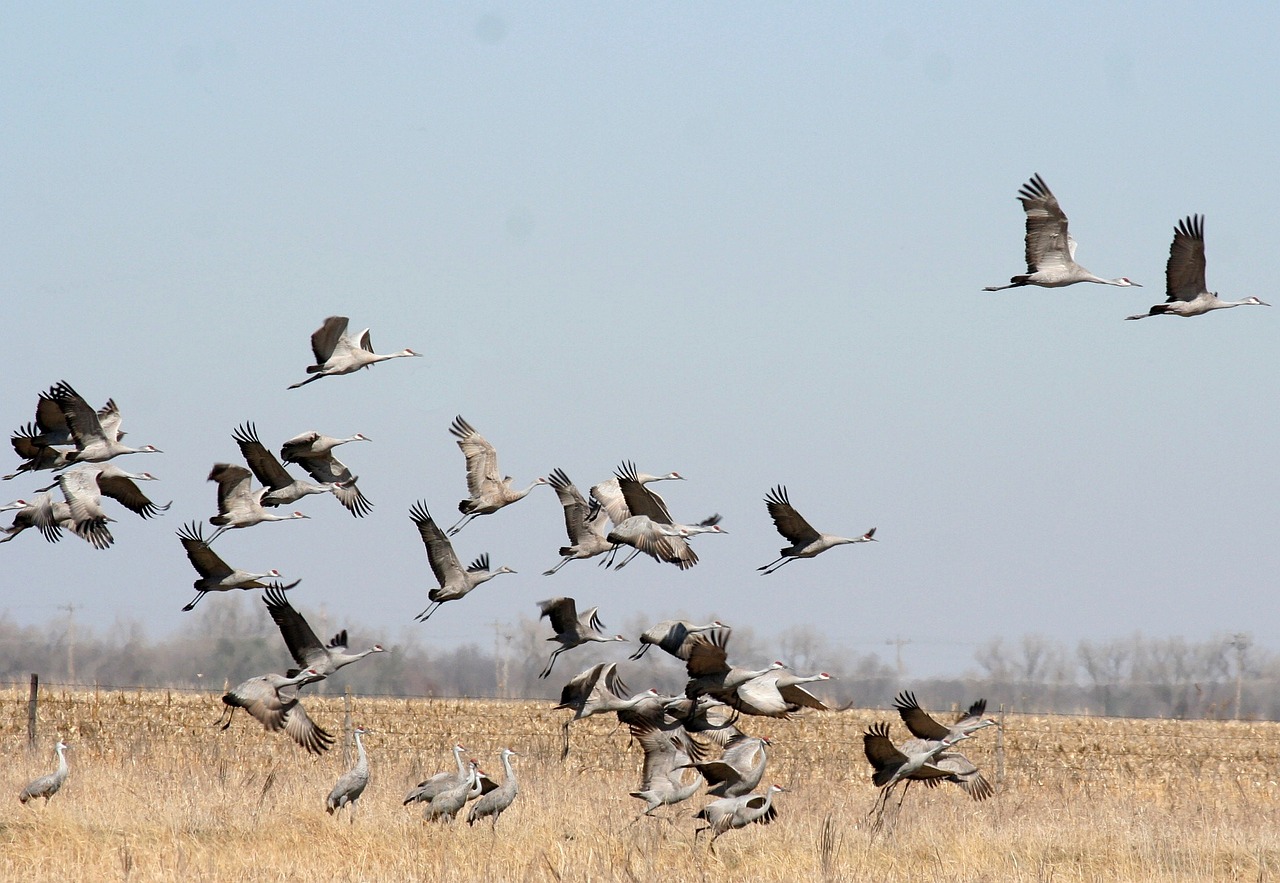
Every spring, something extraordinary happens in the middle of America that puts all other migrations to shame. Nearly one million sandhill cranes descend upon Nebraska’s Platte River Valley, representing more than 80 percent of the world’s sandhill crane population. Yet most people have never witnessed this spectacle or even know it exists. At the height of migration, some river stretches host between 100,000 to 200,000 cranes, creating one of the most densely populated crane roosts in the world. In March 2025, wildlife biologists counted a record-breaking 736,000 sandhill cranes in just one 80-mile stretch of river between Chapman and Overton. This represents about five times the average population for that time of year, when typically only around 27,000 cranes would be present. The sheer magnitude of this gathering makes it North America’s most spectacular wildlife event.
Ancient Travelers with a Nine-Million-Year Legacy
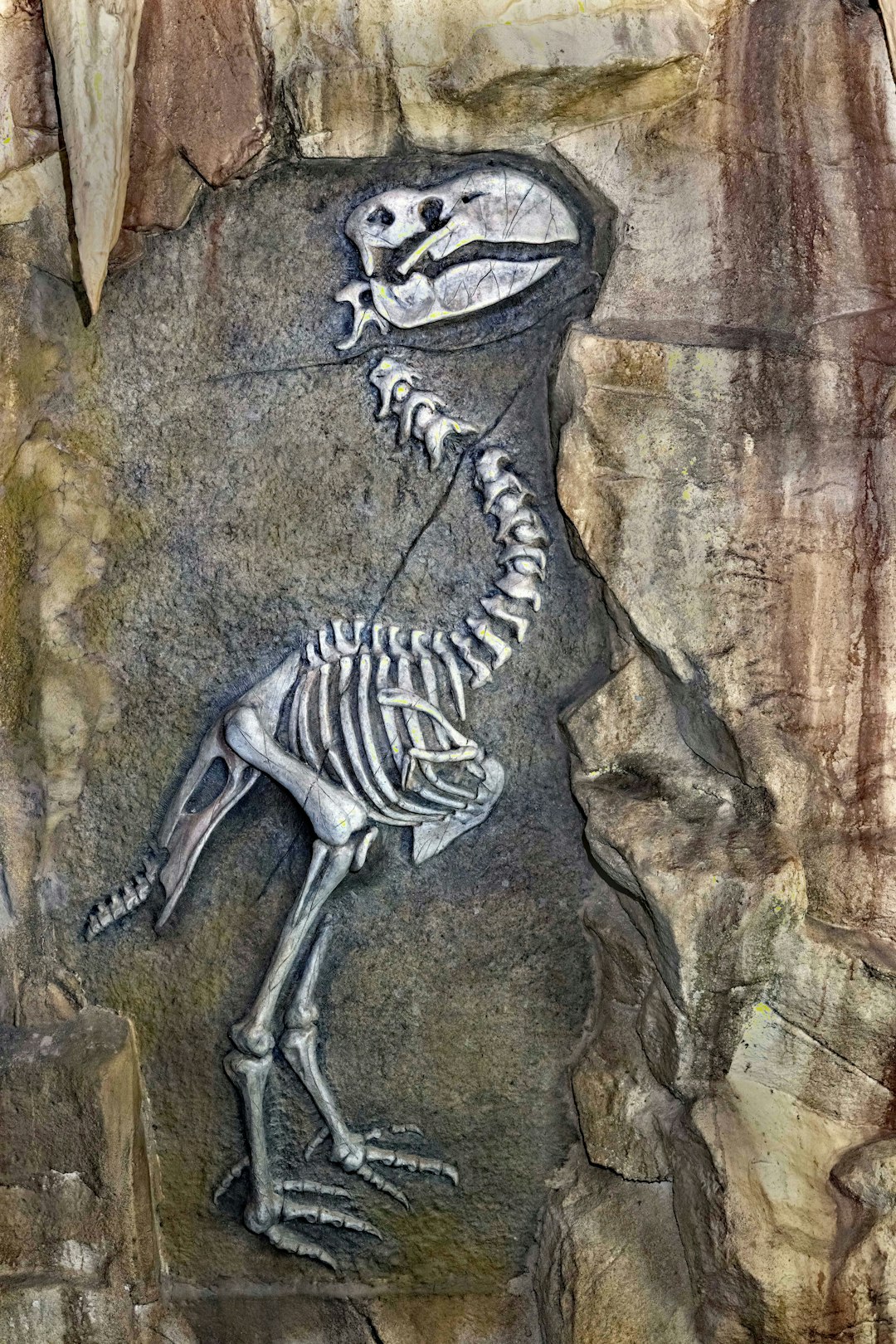
Fossil records place sandhill cranes in Nebraska more than nine million years ago, predating the Platte River itself, which formed only about 10,000 years ago. The landscape then was savanna-like, inhabited by rhinos, camels, and elephants now extinct, though cranes coexisted with American bison, pronghorn, and elk. These birds have witnessed the rise and fall of entire ecosystems, making them living relics of prehistoric America. Archaeologists have discovered crowned crane fossils, close relatives of sandhill cranes, estimated to be roughly 10 million years old, while the oldest sandhill crane fossil found in Florida is approximately 2.5 million years old. These ancient birds have existed for at least 2 million years, making them one of the oldest bird species in existence. Their persistence through millennia of climate change and geological upheaval demonstrates an adaptability that modern conservationists can only admire.
The Economics of Wonder: A $14 Million Natural Resource
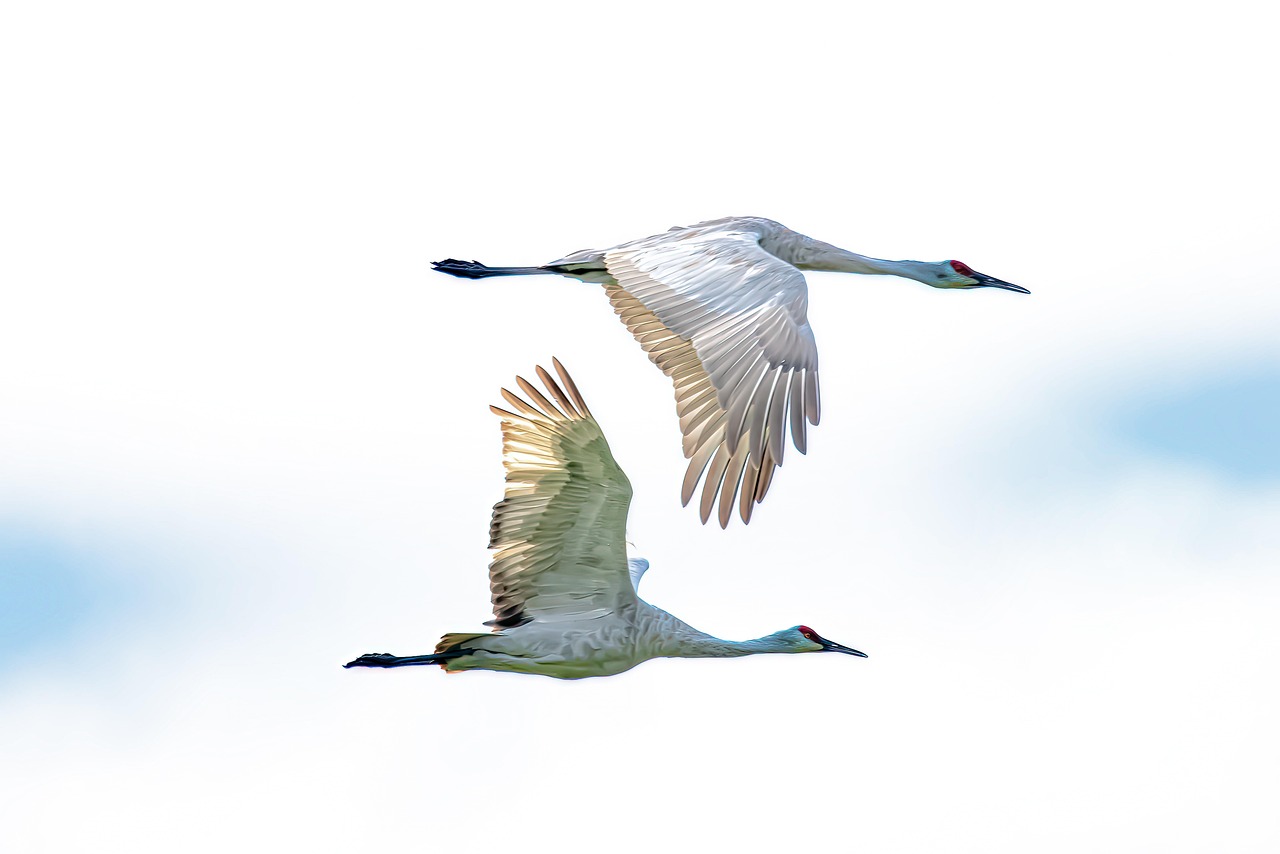
An economic impact study revealed that the sandhill crane migration adds approximately 200 full-time, year-round jobs and about $14 million of economic impact through visitation and tourism. More than 46,000 visitors came to Central Nebraska during the 2017 season specifically to view sandhill cranes, supporting 182 year-round jobs. This economic powerhouse operates on wings and wonder, transforming rural Nebraska communities into bustling centers of ecotourism. The Rowe Sanctuary alone welcomed visitors from all 93 counties in Nebraska, 49 or 50 states, and 35 to 40 countries. Last year, approximately 30,000 people visited just the Crane Trust Nature and Visitor Center. The University of Nebraska-Lincoln is currently conducting a new economic impact study to update these figures for 2025.
Record-Breaking Numbers Defy All Expectations
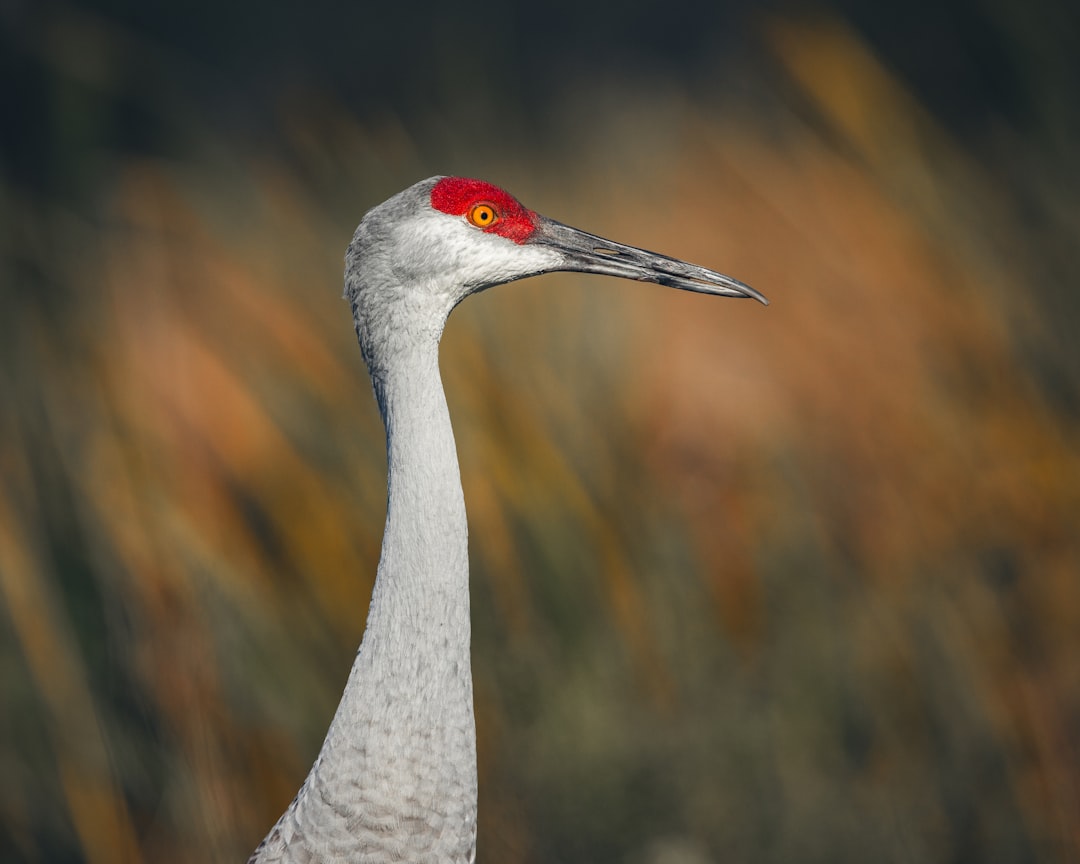
On February 14, 2024, researchers estimated 38,000 sandhill cranes between Chapman and Overton, Nebraska, marking the highest count on record during the first week of their annual aerial surveys. By February 24, 2024, that number had exploded to 122,700 cranes, nearly five times the typical count of around 27,000 for that time of year. The 2025 migration season shattered even those records when biologists counted roughly 736,000 sandhill cranes during their March 17 aerial survey. By March 8, 2025, the count had reached 583,000 cranes in the central Platte River Valley. These numbers represent an unprecedented surge in crane populations, defying typical migration patterns and creating viewing opportunities that may never be repeated.
The Dancing Giants of the Great Plains
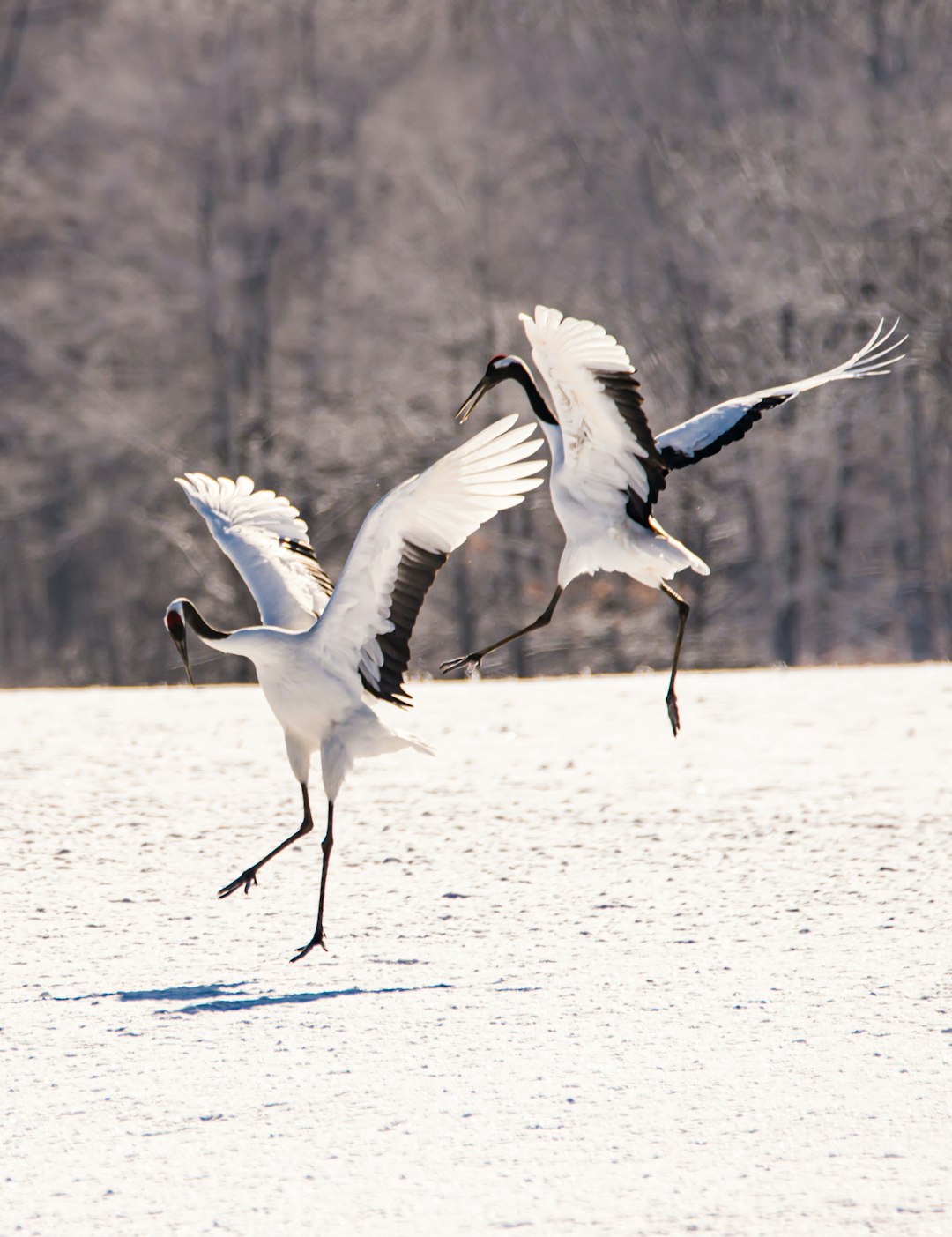
Male sandhill cranes display their desires unashamedly, leaping and spinning with wings spread seven feet across as they approach females, who respond by spinning, hopping, and moving closer. Pairs engage in elaborate bowing displays with outstretched wings and leap high into the air, often picking up corncobs or sticks and throwing them upward repeatedly to strengthen or establish new pair bonds. The annual spring visit to the Platte River offers young and single cranes the opportunity to find a mate, with performances spreading across the river as cranes call, bow, and dance in pairs. This bond lasts a lifetime, averaging 20 to 30 years, reinforced every spring season along the Platte, though when mates die, males typically remate quicker than females. Parents dance with their chicks for the entire first year, teaching complex dance steps that juveniles will use to select mates when they’re two to five years old.
A Symphony That Carries Over a Mile
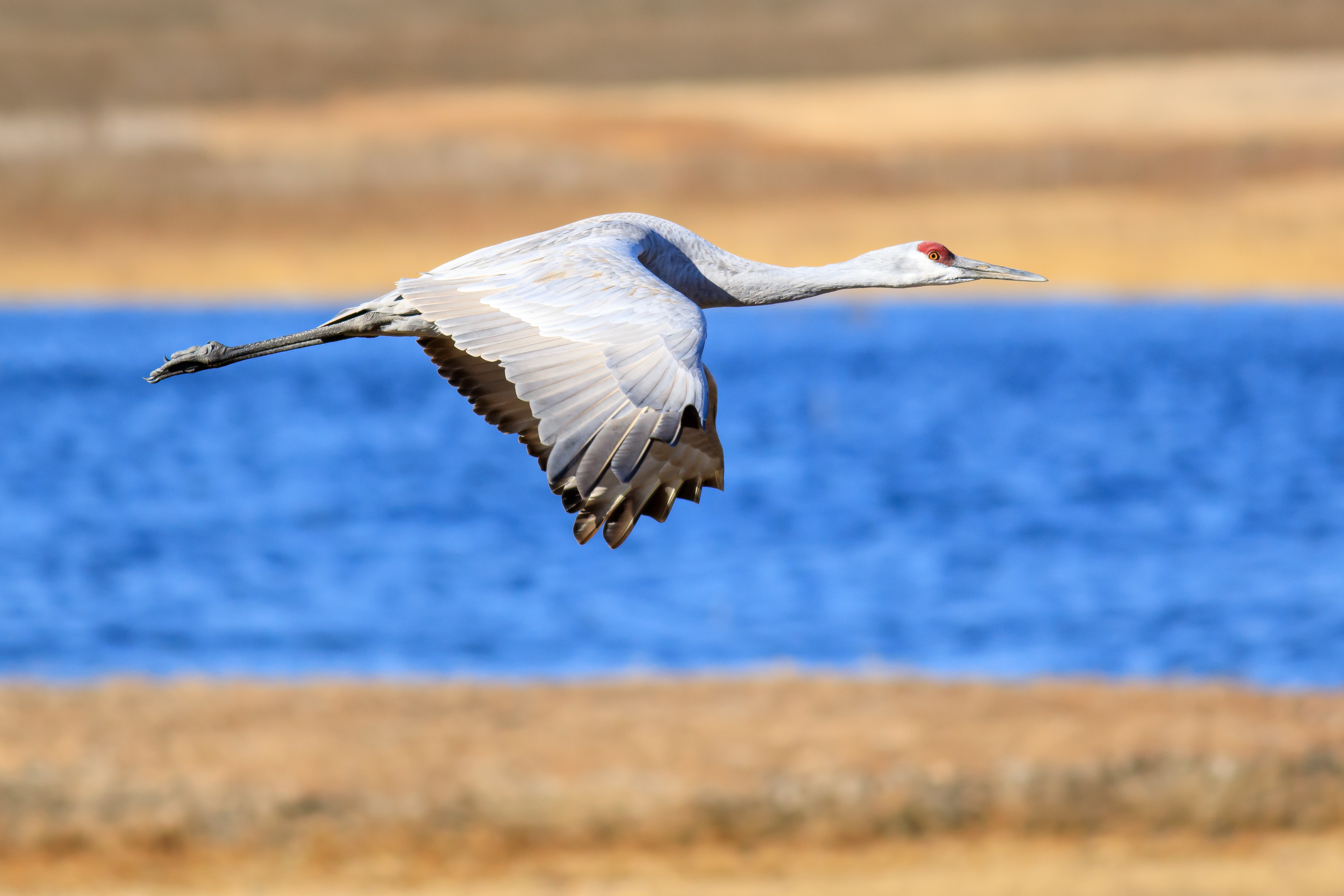
With a trachea shaped like a saxophone, sandhill cranes emit a fantastic melodic chorus that carries for over a mile. Male and female cranes issue vibrating cries in call and response and in unison, creating a rolling “r” sound through their long windpipes that rises from the gut and echoes across the Nebraska landscape. One observer described the experience: “When they took off at dawn– twenty thousand of them–it was just deafening and made the hair on my arms stand up!” The cacophony creates an otherworldly atmosphere that visitors describe as both haunting and beautiful. Visitors often comment on how noisy the experience is, with one saying “It’s very noisy. Yeah, it’s great”. This natural soundtrack has inspired human cultures for millennia, with ancient Greek philosophers documenting crane-inspired dances.
Fuel Station for an Epic Journey
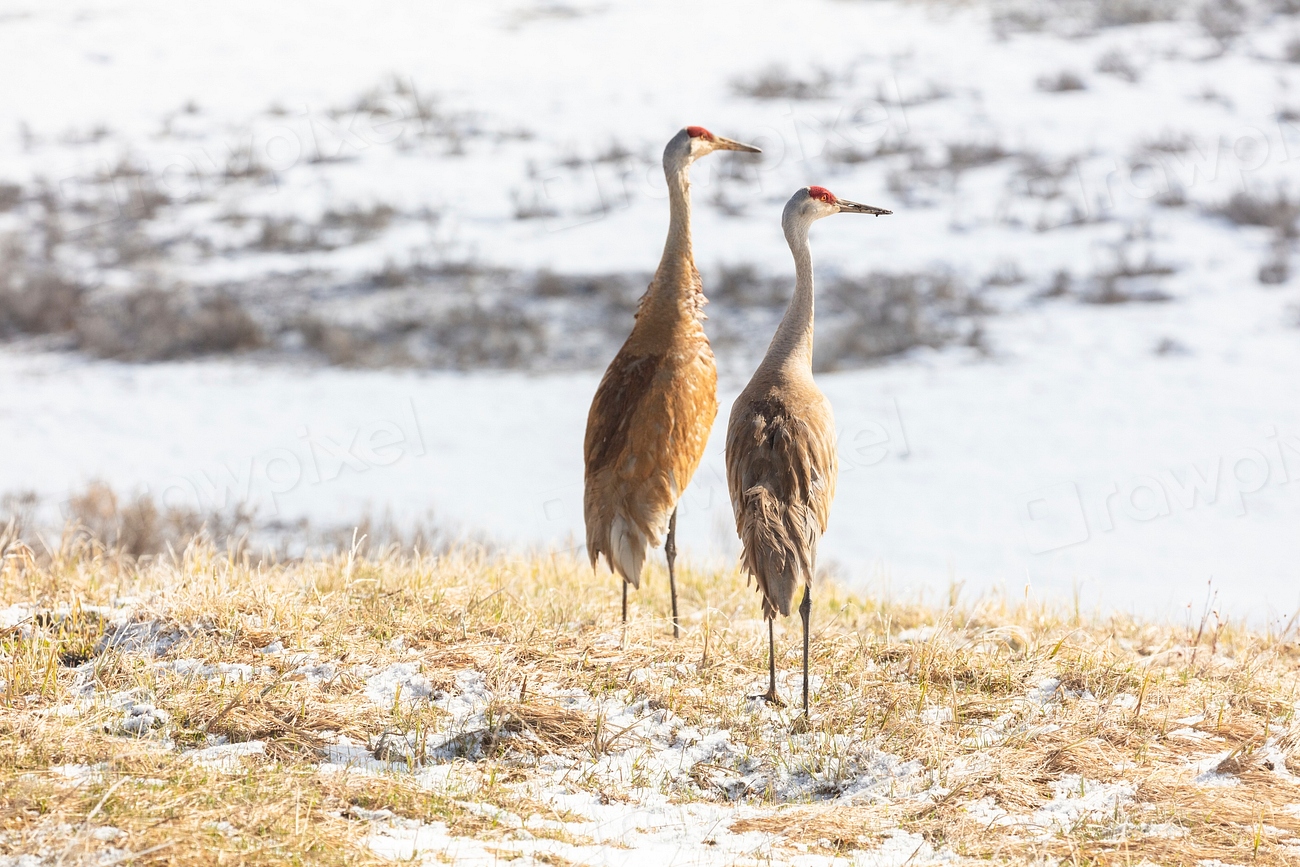
An individual crane spends about 29 days along the Platte River, during which it will acquire up to a pound of fat that provides the energy necessary to complete migration and initiate nesting. About 90 percent of their diet consists of corn, while the remaining 10 percent comprises invertebrates such as earthworms, snails, and insect larvae, with the entire flock consuming nearly 1,600 tons of corn during their stay. From March to April, more than 500,000 birds spend time in the area preparing for the long journey north to their breeding grounds in Canada and Alaska. The Platte River provides the perfect rest spot with nearby farmlands and wet meadows offering abundant food, without which cranes might arrive at breeding grounds in weakened condition where food may be limited. This stopover isn’t just convenient – it’s absolutely critical for species survival.
River Architecture Perfect for Prehistoric Birds
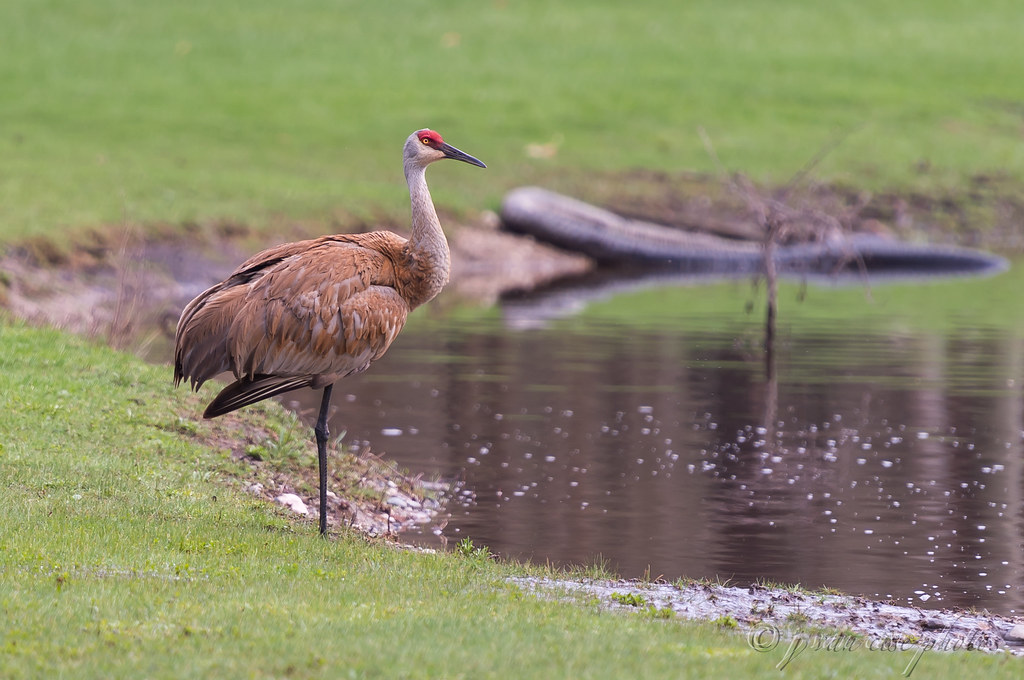
The Platte River’s shallow waters and dotted sandbars provide the perfect roosting habitat, where cranes rest at night gaining protection from predators like coyotes. River managers work specifically to make the central Platte River valley attractive to sandhill cranes, ensuring vegetation doesn’t choke out the river and maintaining six to eight inches of water depth for nighttime roosting. The river’s shallow nature and scattered sandbars dot the channels, creating ideal conditions where cranes can rest safely from ground predators. The braided river system helps protect roosting cranes from predators each evening. This unique river structure, formed by centuries of sediment deposition and seasonal flooding, creates the only habitat type that can support such massive concentrations of large birds in complete safety.
Dawn Spectacle That Blocks Out the Sky
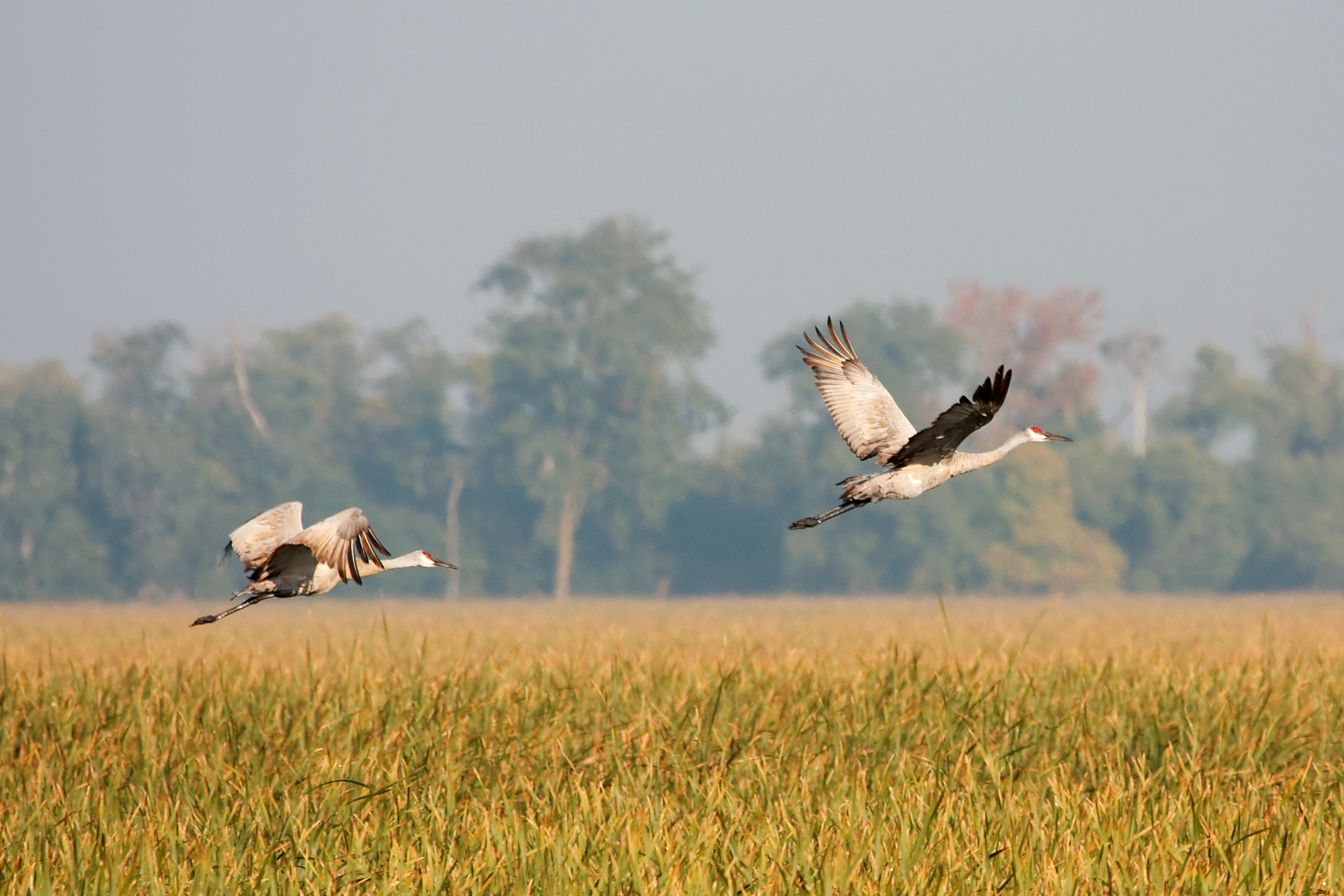
The morning liftoff either happens slowly with smaller groups leaving as the sun rises, or more dramatically with tens of thousands of sandhill cranes leaving all at once in a cloud that blots out the sky. In the morning, cranes shuffle up and down the river waiting for the sun to pop up over the horizon. As darkness melts away and the rising sun illuminates the river basin, painting shades of tangerine, lavender, and blush over the braided channels, the Platte River awakens as thousands of sandhill cranes start to stir, moving and dancing in elegant bird ballet before taking to the skies one by one or two by two, before a big swell overwhelms the senses with thousands of birds ascending above the prairie landscape. This daily resurrection creates one of nature’s most powerful sensory experiences, combining visual majesty with overwhelming sound.
Evening Return: A River of Wings
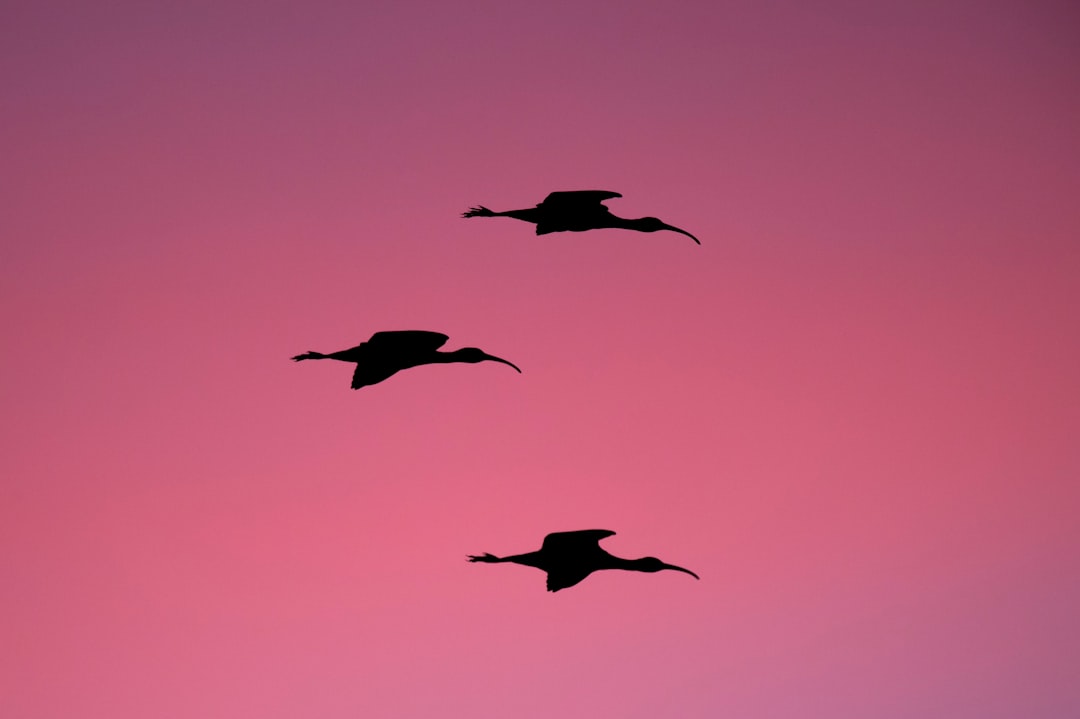
Sandhill cranes return to the river in the evening to spend the night on shallow sandbars, with groups pouring into the river silhouetted by the setting sun as they dance and socialize before falling asleep. Groups of cranes pour into the river silhouetted by the setting sun as they dance and socialize before falling asleep. At dawn, after roosting on the Platte River overnight, flocks head to nearby cornfields, spend the day feeding in cornfields and marshes, then return at dusk to roost for the night. The morning liftoff happens slowly with smaller groups leaving as the sun rises, or more frequently with tens of thousands leaving at once, while cranes return to the river in the evening to spend the night on shallow sandbars. This predictable rhythm allows visitors to witness both the explosive morning departure and the graceful evening return, creating two completely different but equally spectacular experiences.
A Global Phenomenon Hidden in Plain Sight
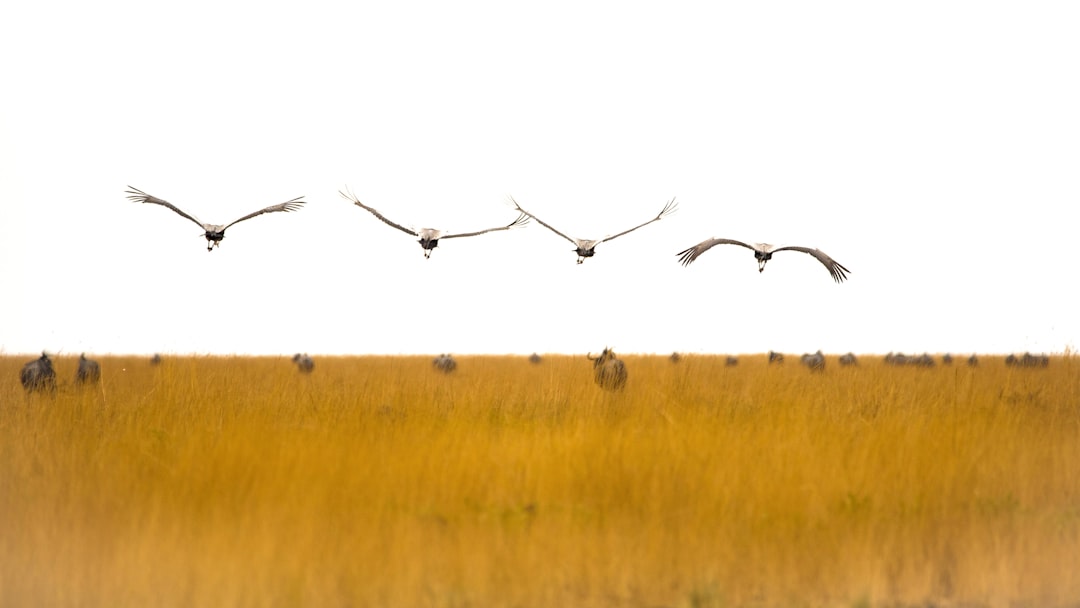
The early spring gathering of sandhill cranes on the Platte River in Nebraska is among the greatest wildlife spectacles on the continent, with over a quarter of a million birds present at one time. Like the migration of wildebeest in Africa and the march of penguins in Antarctica, the seasonal movement of these graceful birds is a spectacular nature show. As one expert notes, “It’s one of the great migrations in the world, bird or otherwise”. This one-of-a-kind experience draws visitors including avid birders, scientists, photographers, and casual tourists from across the country and across the world. Yet despite its global significance, this migration remains largely unknown outside birding circles. Some people regard Nebraska as a place you cross on the way to a more interesting place, but about a million sandhill cranes disagree.
Best-Kept Secrets for Experiencing the Migration
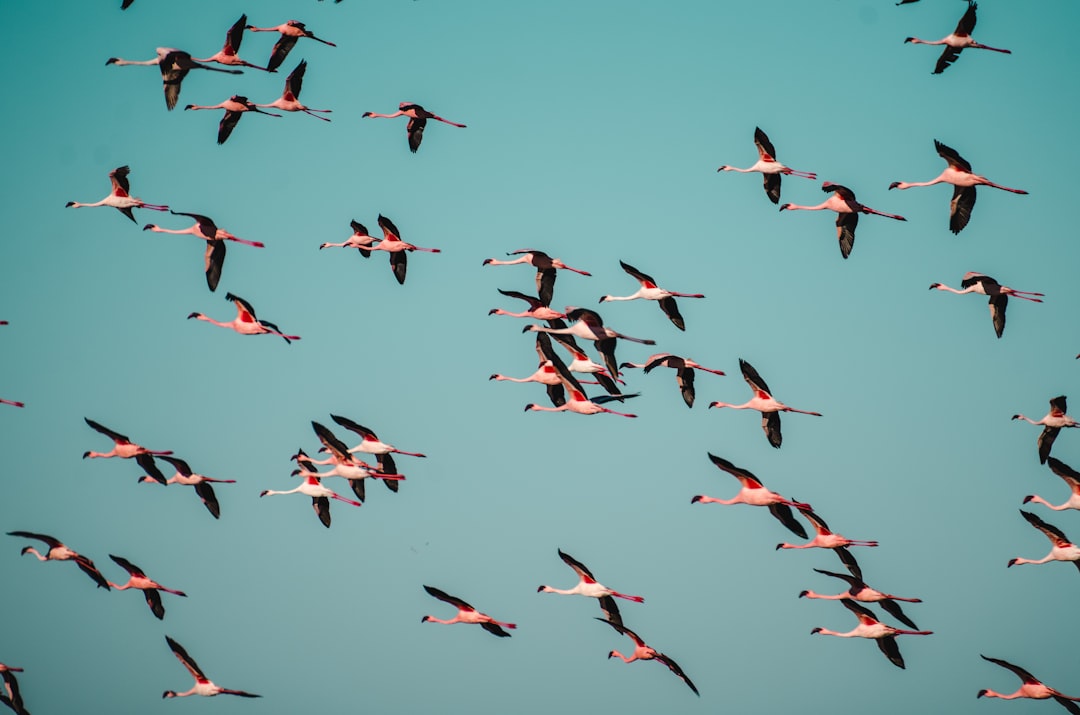
Rowe Sanctuary offers daily guided tours at sunrise and sunset to view spectacular concentrations of sandhill cranes from discovery stations strategically placed along the Platte River close to crane roosts. Fort Kearny State Recreation Area provides the best over-river viewing, with the Fort Kearny Hike-Bike trail bridge located on the east side of the park offering optimal views when visitors arrive a half hour before sunrise and sunset. Two public viewing deck locations on the Platte River provided by the Central Platte Natural Resources District offer safe, bird-friendly viewing with the best times being one hour before sunrise and one hour before sunset. Kearney and Grand Island experience overtourism, running out of space with too many people wanting to view the cranes, leading to promotion of alternative viewing locations to ease pressure. Smart visitors seek out these lesser-known spots for more intimate encounters with the cranes.
A Conservation Success Story Under Threat
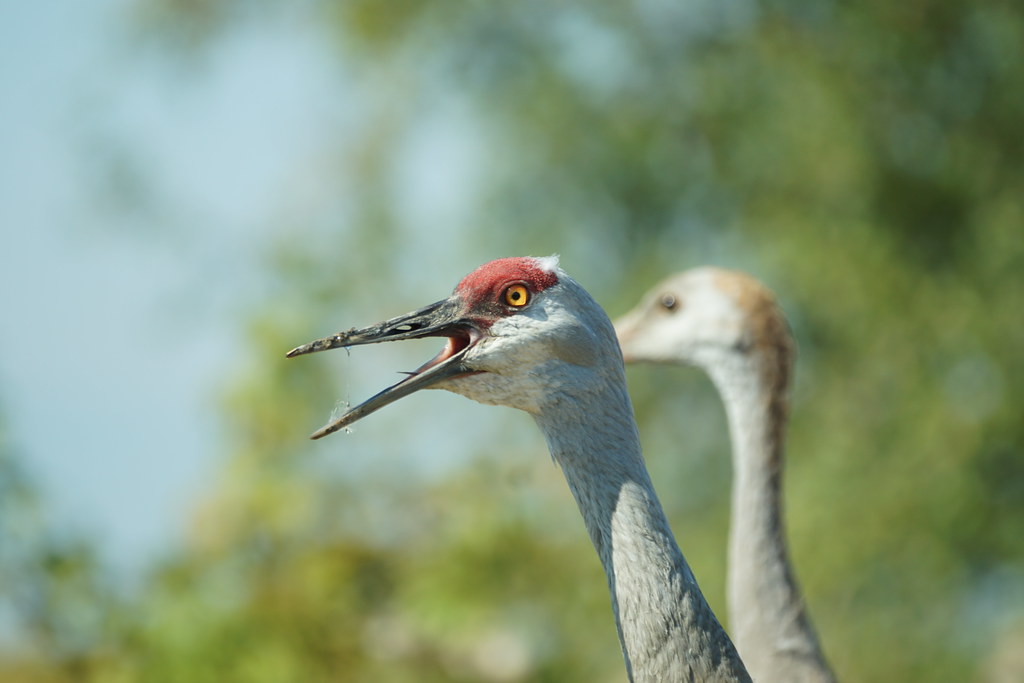
Wet meadows adjacent to the Platte River provide important habitat for more than 150 species of birds and other wildlife, but most have been drained and converted to cropland over recent decades, making wet meadows now rare relative to their historical distribution. Although sandhill cranes are currently very common, their dependence on key stopover sites makes them vulnerable to habitat loss in the future. The Nature Conservancy is taking steps to protect vital crane habitat along the Platte River by maintaining sufficient water levels and keeping invasive species out of the river corridor to ensure continued health and growth of crane populations. This migration’s future depends entirely on protecting the specific river conditions that have remained unchanged for millions of years.
The Ultimate Wildlife Experience Awaits
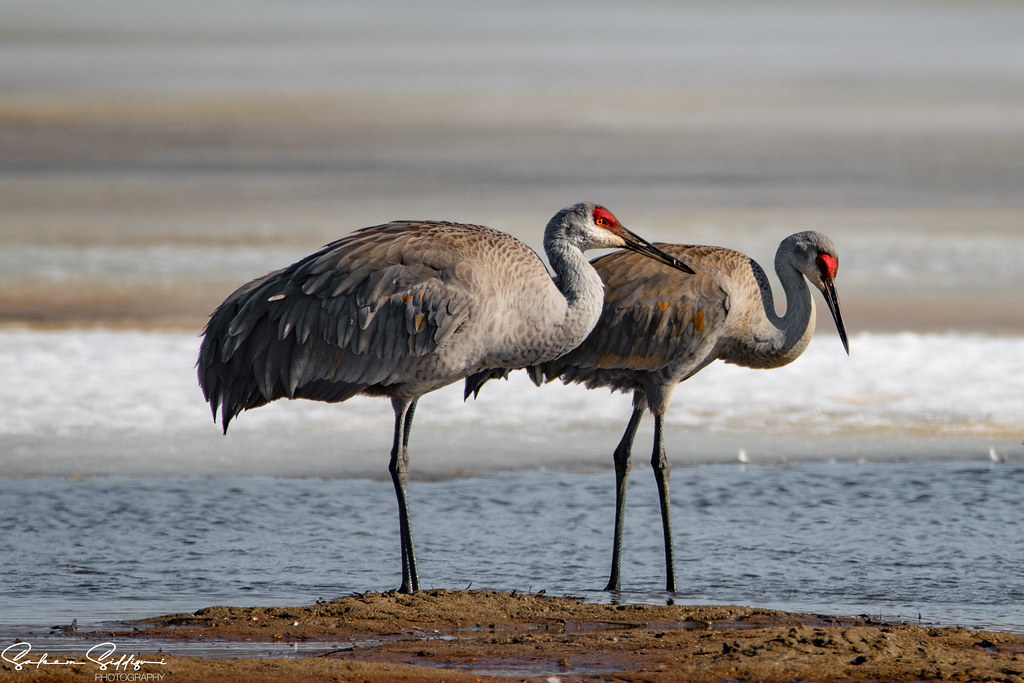
About 23 million people 65 and older are bird-watchers, representing the largest age group, followed by 19 million birders aged 55-64, with 44 percent of all birders being older than 55. Visitors consistently describe the experience as transformative, with one saying “Last night was our first time. It was beautiful. It was magical”. As bird watching soars in popularity across North America, Audubon’s Rowe Sanctuary near Kearney helps people witness this phenomenon through daily field trips from March 7-April 8 with expert guides and blinds for close photography. Visitors should plan to come in March to see the most cranes, with the peak of the gathering occurring during the second half of the month. This isn’t just birdwatching – it’s witnessing one of Earth’s most ancient and spectacular natural phenomena, hidden in the heart of America and waiting to be discovered by anyone willing to venture into Nebraska’s seemingly ordinary landscape.





